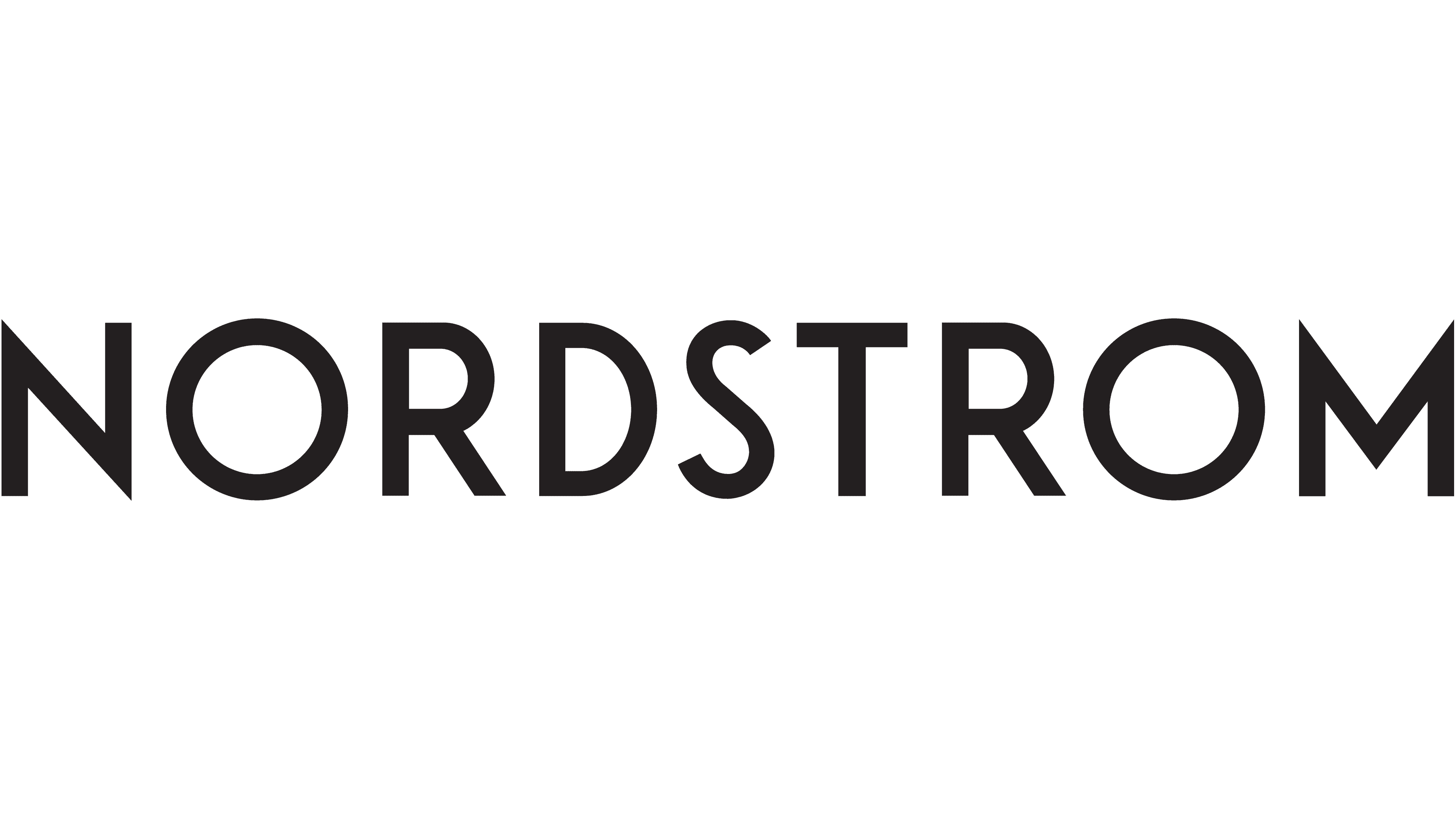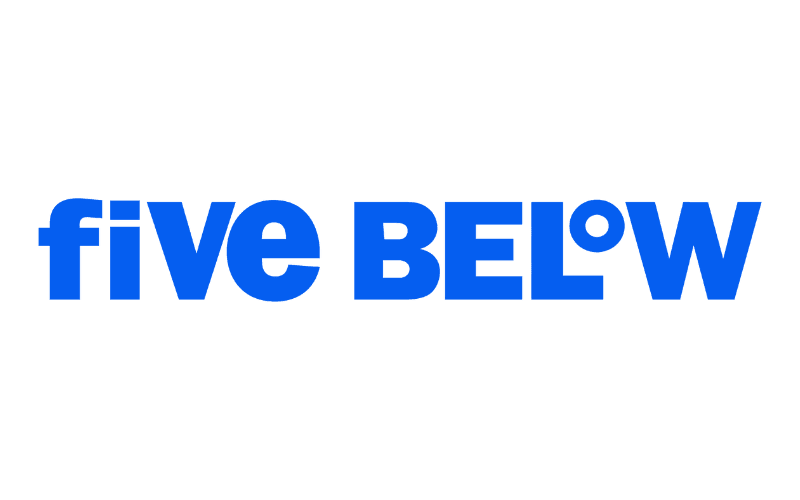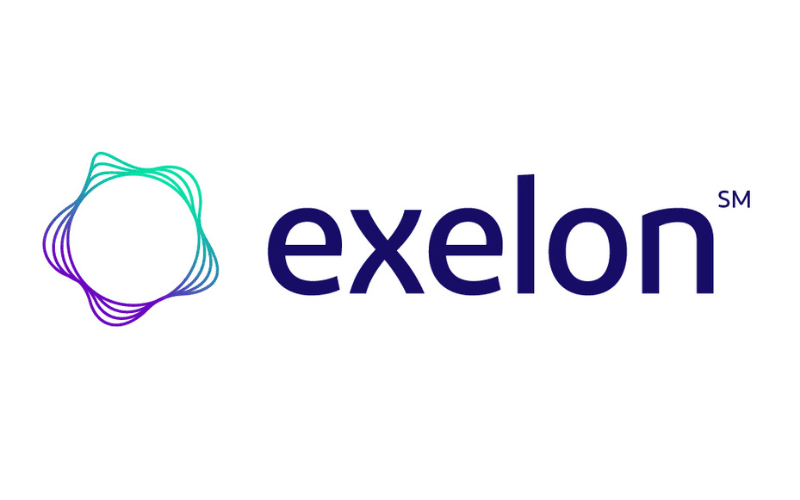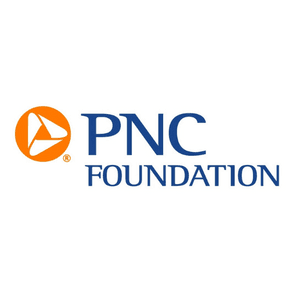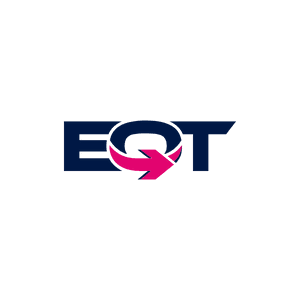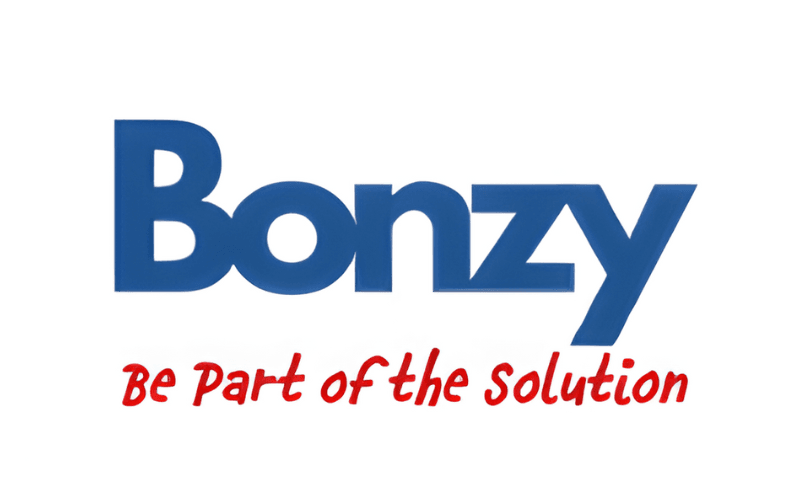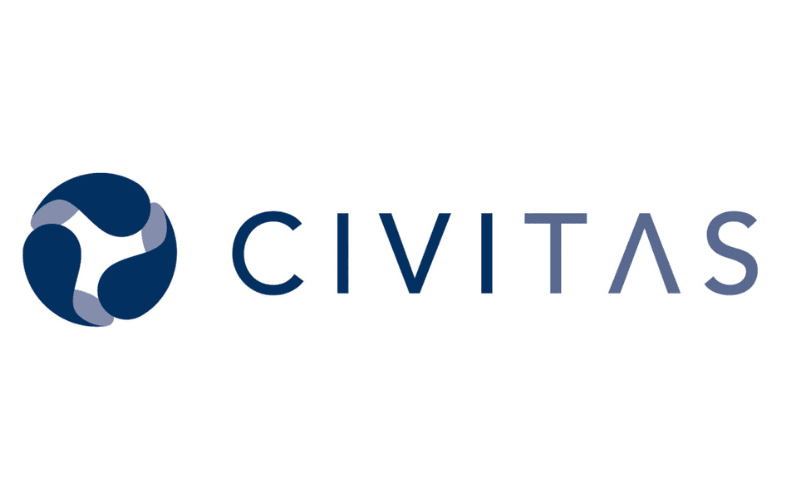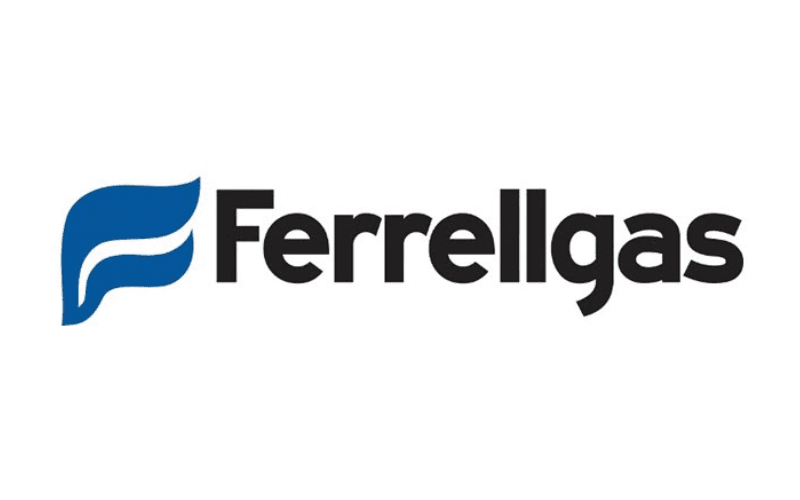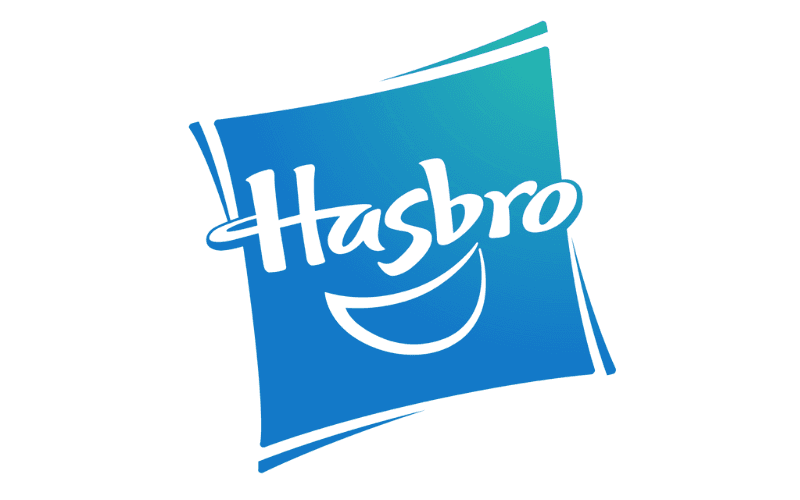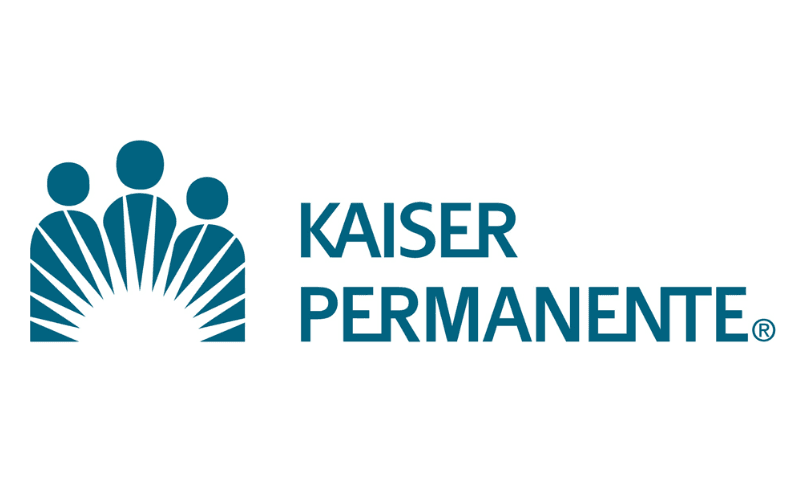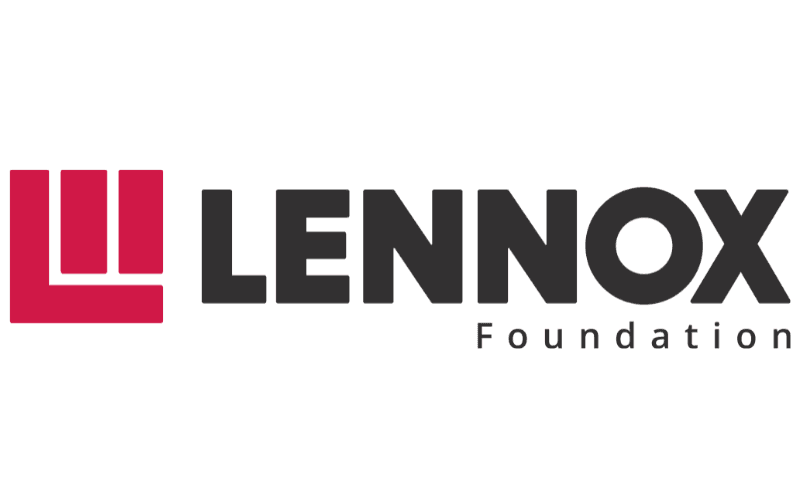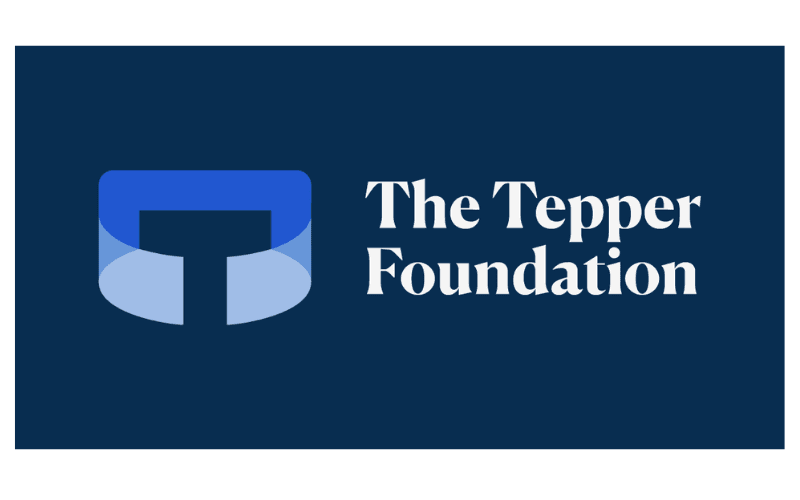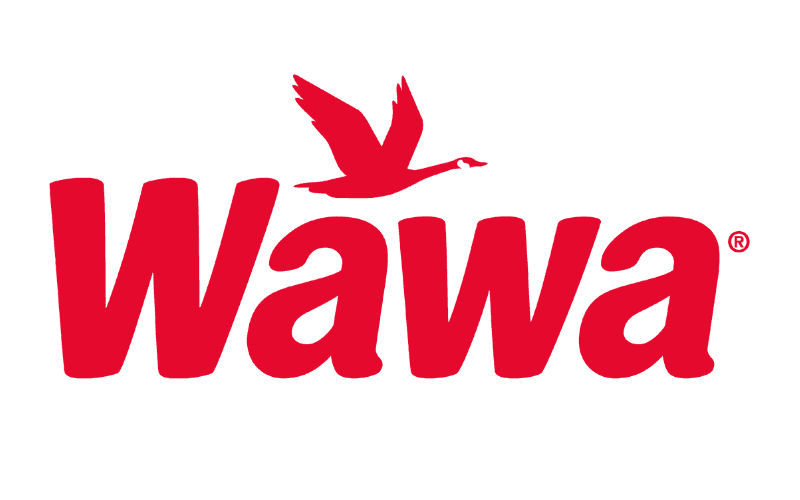
The summer out of office messages may be coming to a close, but that doesn’t mean there aren’t ways to still experience some #Work-Life balance that will get you back to connecting with coworkers and inspiring a stronger sense of purpose. In a survey by Unispace, more than half of employees said they were currently experiencing burnout.
As summer comes to a close and businesses continue to reimagine what back to office means in 2023, the following trends are emerging to help workers feel more engaged and purpose-driven—whether they work in the office always, sometimes, or never.
- Getting serious about rest
With employee stress at an all-time high, more companies have started to formally schedule time for rest and rejuvenation, according to the Harvard Business Review. Some popular strategies include implementing no-meeting Fridays, making PTO usage a team goal, and encouraging employees to take vacation in advance of busy working periods so they can rest up for the big push. Empowering employees to work more sustainably can help create a human-centric company culture—and hopefully, prevent challenges like burnout and “quiet quitting.”
- Offering the choice of how to engage
Whether employees work in the office or from home, team bonding is an important part of building a strong company culture. But honoring individual preferences is key. For instance, over two-thirds of employees would rather socialize with coworkers during the workday instead of at an after-hours event. And while many companies have tried to encourage collaboration among remote employees by scheduling more meetings, Gartner reports that this can cause workers to feel emotionally drained. Letting teams decide how and when to engage—and taking personal choice into consideration—can help foster connection without forcing it.
- Engaging employees through nonprofit partnerships
Employee volunteerism is an effective way to help employees find meaning at work. Volunteering is proven to boost happiness and can help your team connect with one another while learning new skills. So, it’s unsurprising that more employers are investing in community volunteer programs—47 percent of U.S. companies as of 2022, up from 40 percent in 2014.
To ensure that both employee participants and beneficiaries of volunteer efforts get the most out of your program, working with an experienced nonprofit is key. Operation Warm has been partnering with some of the world’s best-known brands for over 24 years to deliver the gift of warmth to children in need while bringing teams closer together. Learn more about our cause marketing and corporate volunteer programs.
- Making DEI programs more relevant
The majority of U.S. companies have implemented DEI initiatives, and 63% of employees believe DEI is important. The next step is making sure these programs truly deliver on their intentions. According to CCI, many businesses haven’t fully followed through on their DEI commitment—primarily because they don’t realize that living their principles requires comprehensive changes. To attract and retain diverse talent, organizations are starting to take a ground-up approach, from using inclusive language in job postings to creating employee resource groups that offer support and space for difficult conversations.
- Creating meaning through cause marketing
Only 30 percent of employees strongly agree that their company’s mission or purpose helps them feel their job is important, according to a 2022 Gallup study. Gallup also reported that consumers, particularly millennials and Gen Z, are more likely to trust brands that support a social cause. Alongside employee volunteerism, creating a cause-marketing campaign that is authentic to your brand can not only help your company build customer loyalty and attract top talent, but aligning with a social mission empowers employees to live their values at work, contributing to a greater sense of purpose on the job. Connect with the Operation Warm team to start implementing a cause marketing campaign for your company today.







